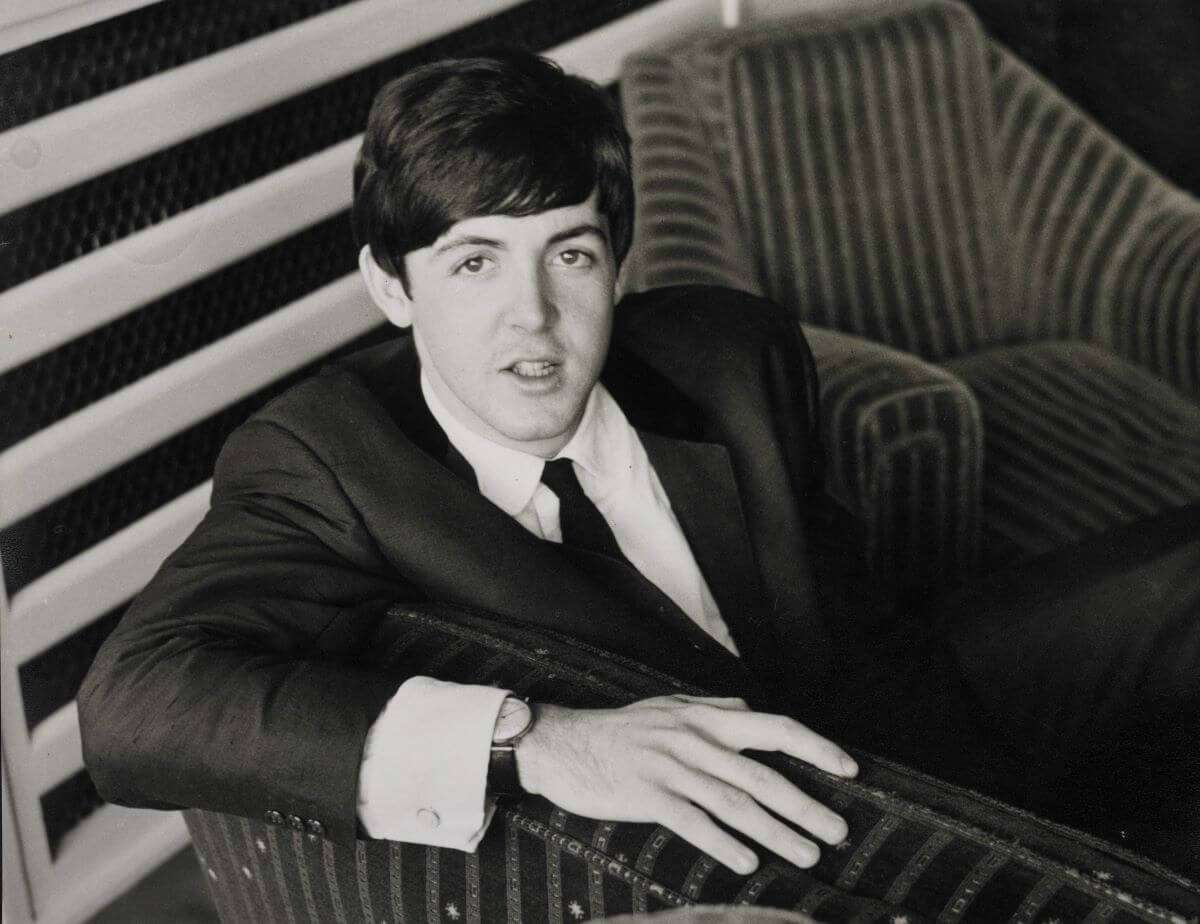It takes years for any aspiring musician to become a virtuoso. Although it might seem easy trying to learn the basics of any respective instrument, becoming a proficient musician comes down to listening to what a song needs and adding the right sonic colour to whatever you’re working on. While Paul McCartney has carved out his spot amongst the almighty gods of popular music, he admitted that one musician was an absolute freak of nature no matter what instrument he played.
Then again, McCartney turned himself into a virtuoso from a different perspective. As much as he may be able to put a melody together out of nothing, the former Beatle has never been known to learn the basics of music theory, usually just following his ear and trying to parse out a melody depending on where his inspiration takes him.
By the time McCartney started to reach the highest heights imaginable with The Beatles, he was still listening to what the rest of the world was doing. Outside of their welcoming of the British invasion on American shores, McCartney’s knack for picking out musical talent would result in him giving major artists, including musicians like James Taylor and Billy Preston, a shot on Apple Records later on.
For the great rock musicians that McCartney was competing with, he also had an inherent love of the sounds of various soul and R&B musicians. When working on the band’s landmark LP Rubber Soul, the bassist would single out Motown bassist James Jamerson as one of his primary influences, becoming transfixed by how well he danced around the chord changes.
Although most Motown session musicians were outstanding behind their instruments, Stevie Wonder was already giving them a run for their money before he was out of his teens. Notching up hits like ‘Uptight’ and ‘Signed Sealed Delivered’, Wonder’s muse eventually led to him spreading his wings outside of Motown, playing almost every instrument on masterpieces like Innervisions and Talking Book.
Despite having some of the best collaborators, McCartney was always impressed by what Wonder could do, eventually working with him in the 1980s on the pop smash, ‘Ebony and Ivory’. Compared to his solo years with Wings, McCartney thought a different energy was at play when working alongside the R&B legend.
In conversation with Pulp’s Jarvis Cocker, McCartney considered Wonder one of the best musicians he had ever worked with, saying, “You gotta go to Stevie, he is just a musical monster. He is fantastic. He is a great drummer. I worked with him, we did the record called ‘Ebony & Ivory’, which some people thought was a bit glib. But it was great fun working with Stevie on there”.
Wonder was also highly in tune with what McCartney was doing, turning in one of the best covers of The Beatles ‘We Can Work It Out’ ever to be created. Although McCartney could have easily retired after working in the Fab Four, his collaborations with people like Wonder proved there was always room to learn from his peers.



